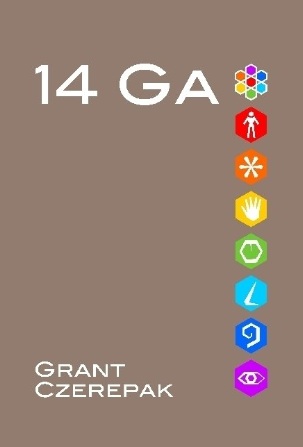While thinking about the Seven Hat, Six Coat Framework I was reading Malcolm Gladwell’s book blink and I realized that here I had an indepth analysis of the Manipulation row otherwise known as Red Hat or Intuition.
Malcolm’s book is about how our intuitive thinking process works, how it can be developed and how it can be compromised. It is a perfect extension to de Bono’s definition of intuition and a great way to approach the manipulation perspective of each of the focuses. There is simply a certain amount of “Red Perspective” that influences the system even before domain or “White Perspective” is recorded.
Below is a ring diagram describing the perspectives as concentric circles.
The progression is as follows:
- RESORT: Orange Hat: Medium : Media
- RENDER: Red Hat: Manipulation : Intuition
- READY: Black Hat: Definition: Pessimism
- RECORD: White Hat: Physics: Data
- REPORT: Yellow Hat: Logic: Optimism
- RELATE: Blue Hat: Context: Control
- REVISE: Green Hat: Concept: Creativity
As you can see there is a hiearchy from outermost “medium” or “Media Hat” to innermost “entity” perspective or “Creativity Hat”. Also note that the focus need not always be data. Any of the Six Coats can be used.
I might also add as a footnote that Blink style judgements may be looked at as heuristics.














